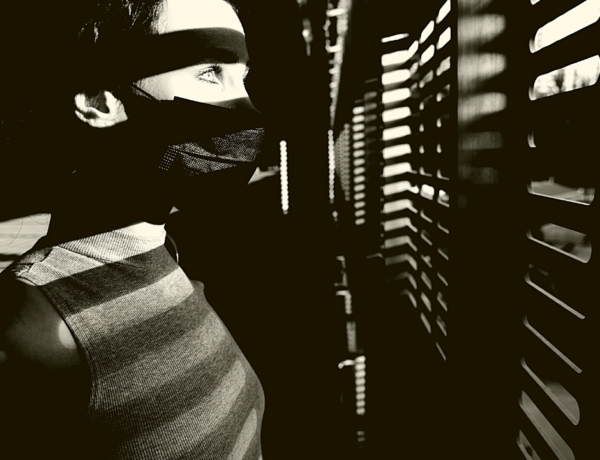….most people assume that War on Drugs was launched in response to the crisis caused by crack cocaine in inner-city neighborhoods. This view holds that the rapid explosion of the prison population reflects nothing more than the government`s zealous – but benign – efforts to address rampant drug crime in poor, minority neighborhoods. This view, while understandable given the sensational media coverage of crack…is flawed. A few years after the drug war had been declared, crack began to spread rapidly in cities across the country. The Reagan administration hired staff to publicize the emergence of crack cocaine in 1985 as part of a strategic effort to build public support for the war. The media bonanza…helped to catapult this War on Drugs from ambitious federal policy to an actual war.”
“[p]eople in government have their own personal interests: to keep or increase their political power, their wealth, and their status within society, or to promote their values and beliefs. These and other interest lead political leaders to seek societal support in order to gain control of government, remain in office, and implement their policies. To do this, public officials must recognize and respond to the needs of society… society support can also enhance leader’s willingness to act…. Governments do not just passively respond to societal demands. They also try to shape and control them.





No Comments
Rebecca
December 17, 2014 at 6:19 pmChastity, thank you so very much for writing this. Your insights and research have taught me–here, from my computer, in a different state than you!–so much I did not know before. Thank you for sharing your well-researched knowledge and understanding and for opening my perception to the idea of soft power vs. hard power. I only hope that the United States and other nations will pay attention to the rehabilitative models you present here, and their proven successes.